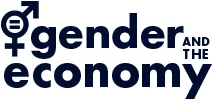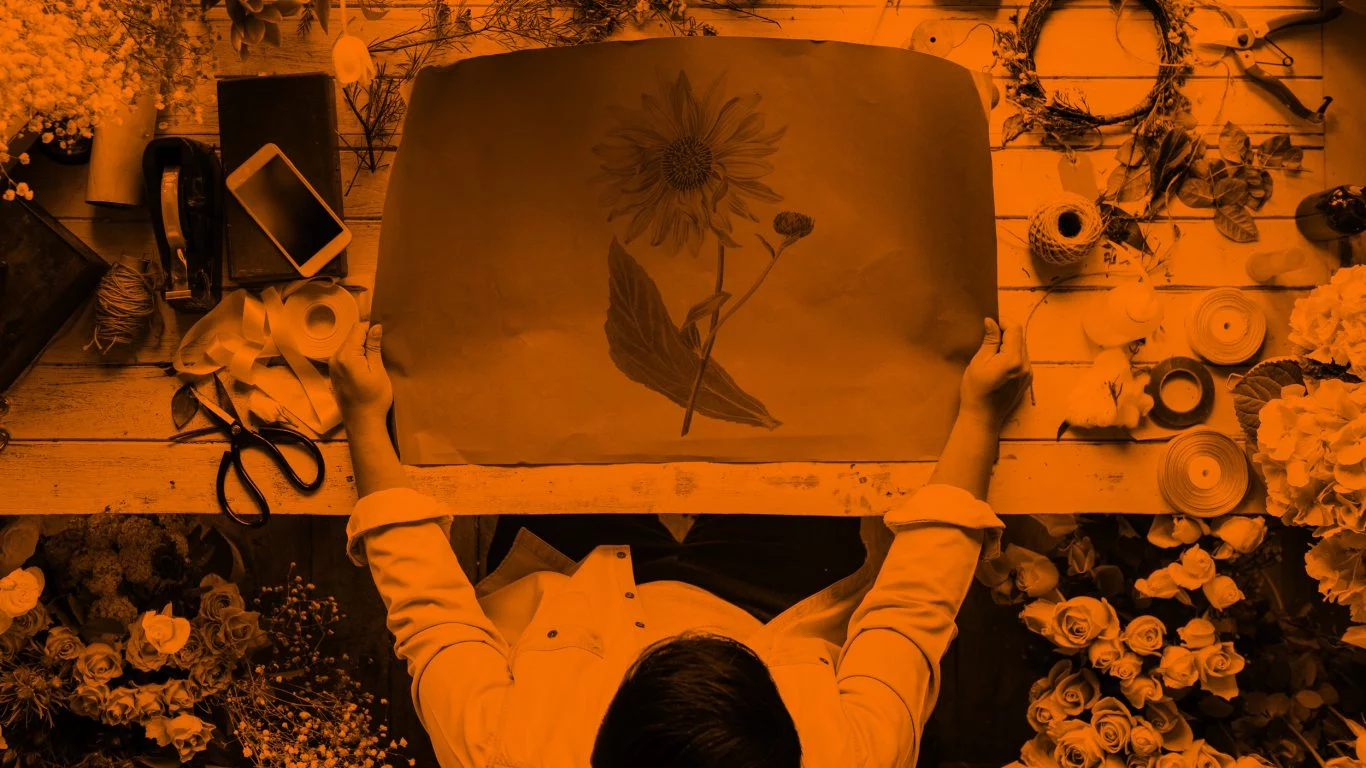Summary
The workplace and the marketplace increasingly reward those who are seen as true “innovators.” Surveys of top business executives have identified “creative thinking” as the ability valued most in employees and one of the most important skills for the future. However, stereotypical expectations of men and women’s creativity shape how creativity is judged and acknowledged. This paper finds that creativity itself is more strongly associated with stereotypically masculine characteristics and that a man’s work is more likely to be deemed creative. The research also finds that men’s ideas are more often deemed “ingenious” than women’s, even when it’s on the same topic. In particular, supervisors assess their female employees as less creative–even when they are exhibiting more of the stereotypically masculine behaviours associated with creativity.
Research
Famous creative thinkers (e.g. Pablo Picasso, Frank Lloyd Wright, Alfred Hitchcock) throughout time have presented a strongly masculine depiction of creativity and the creative process. When stereotypically masculine behaviour is associated with creative behaviour, this can influence how creativity is identified (or not) in women’s contributions. With the increasingly high value placed on innovation and creativity, the researchers sought to isolate the perception of creativity versus competence or intelligence (which research has long proven are predominantly associated with masculine characteristics). To do this, they undertook a series of studies, using both existing and original data, which examined different aspects of creativity and masculinity.
This paper found multiple ways to prove that men are perceived as being more creative than women. Before they even began, the authors wanted to confirm their assumption that creativity is understood by many as divergence (a difference in opinion). They found that creative ideas (i.e. novel, outside-the-box) are indeed more often associated with divergent thought than non-divergent thought and this served as the basis for several of the studies they undertook.
This paper found multiple ways to prove that men are perceived as being more creative than women.
Then, the authors tested whether agentic (relating to agency, mostly considered masculine) and communal (mostly considered feminine) traits are more closely associated with creativity and whether this association is stronger if the divergent nature of creativity is emphasized. In this study, participants ranked 16 personality traits (8 stereotypically masculine, 8 stereotypically feminine) under two conditions (emphasizing divergence and non-divergence). Participants more strongly associated agentic traits, more masculine (vs. communal traits, more feminine), with creativity and even more so under the condition that emphasized creativity as divergent (different or novel) thinking. Interesting to note here is that other surveys where creative skills were defined more broadly have found that women are more highly ranked than men in some circumstances.
Next, the authors looked at situations where the content was similar (TED Talks) and where the work product was identical (photos of buildings and clothing designs). Even here, men were considered more creative than women.
The second study asked participants to assess men and women’s creativity in two fields: architecture (a traditionally more masculine field) and fashion design (a traditionally less masculine field). Even when shown identical work product (e.g. buildings, clothing), participants considered the male architects to be more creative than the female architects and the architects to be more creative overall than the fashion designers.
The researchers then shifted their focus to ensure the experiments reflected what was going on in the real world. The third study examined archival data on the TED website, specifically looking at viewer ratings of the top 100 most viewed talks (28 of which were by women). Viewers were invited to select words (e.g. “ingenious,” “funny,” “informative”) to describe the talks. The study examined these ratings within different topic categories and found that women’s talks were significantly less likely to be rated as “ingenious” (creative) than men’s, even after controlling for speaker competence. Interestingly, the largest gaps were found in the categories of business and technology.
So how does this show up in the work world? The fourth study used real-world performance evaluations from an employee’s supervisors and the people who reported to them (direct reports) to examine how these employees were rated on innovation. The study found that women’s supervisors assessed women as far less innovative compared to their male counterparts, but that direct reports assessed their male and female managers as equally innovative. The researchers believe this finding supports prior research findings that supervisors rely more heavily on stereotypes in their performance evaluations of their employees–but no real difference actually exists.
Supervisors rely more heavily on stereotypes in their performance evaluations of their employees–but no real difference actually exists.
So if women are evaluated differently, how does this impact their performance outcomes? The fifth study examined whether perceptions of creativity influenced whether people are thought to be deserving of more rewards (raises, etc.), particularly in higher-risk environments. The study also tested whether a woman’s behaviour could influence perceptions of her creativity.
The results showed that men are evaluated as more creative than women when making risky decisions, however, women who act in a similar way are not considered more deserving of reward (regardless of the perception of competence). In risky decision contexts, only men are considered more agentic and therefore more creative, and thus deserving of more rewards.
Implications
- Critically examine the advice given to women – Women are often advised to act in more stereotypically masculine ways (e.g. “confident”) but it’s not clear that this behaviour will actually help women as, in these contexts, agentic behaviour seems to only help men. It’s important to note that much of the research in this area (modifying women’s portrayal of “confidence” in the workplace) is inconclusive or has yet to be replicated (for example, Amy Cuddy’s work on power poses).
- Train supervisors on how to assess their employees more fairly – It appears that supervisors tend to over-inflate men’s creativity while dismissing the level of creativity displayed by women. This distortion of creativity appraisal could lead to consequential decisions about how to grow a new business or innovate within a company–companies may miss truly creative ideas by overlooking women or could be led astray by assuming men to be more innovative than they actually are.
- Discover the underlying causes of gender imbalance in STEM – These findings also offer some explanation as to why STEM and creative fields, where innovation is highly valuable, have a dearth of women in top positions. The results are applicable to business as innovative thinking becoming increasingly vital to a company’s success.
Title
A Gender Bias in the Attribution of Creativity: Archival and Experimental Evidence for the Perceived Association between Masculinity and Creative Thinking
Authors
Devon Proudfoot, Aaron C. Kay, Christy Z. Koval
Institutions
Duke University
Source
Psychological Science
Published
September 2015







